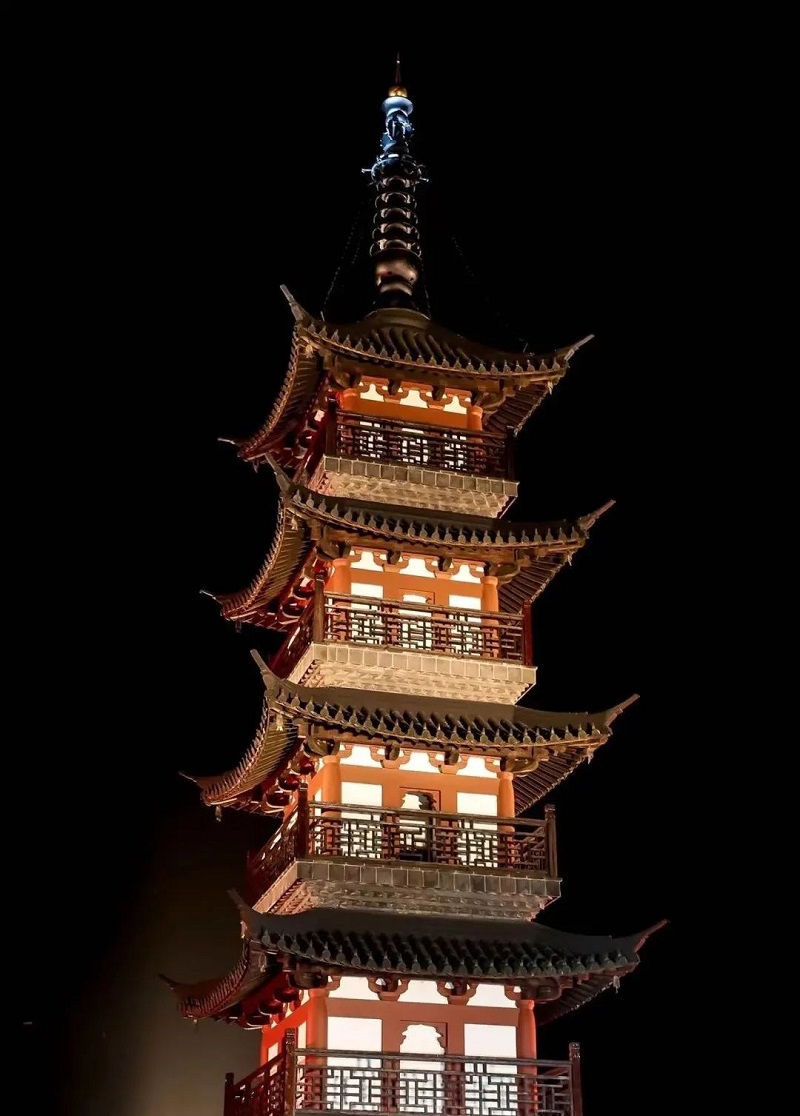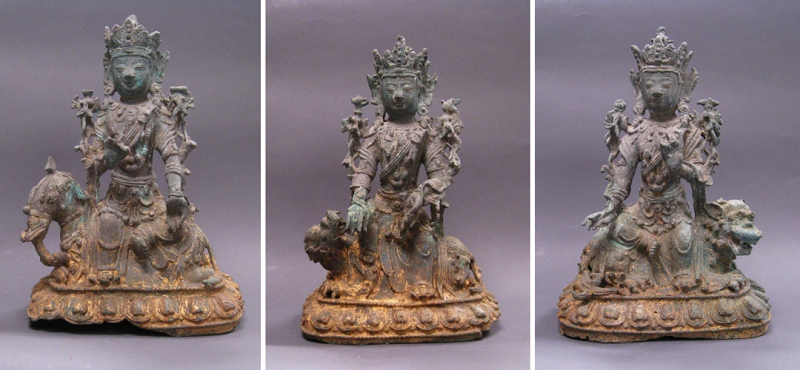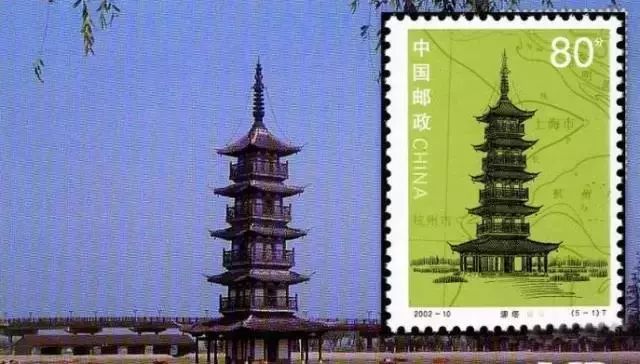Discover timeless beauty of Maota Pagoda
In the heart of Shanghai, nestled along the tranquil Maohe River, stands the majestic Maota Pagoda.
With its rich history dating back centuries, Maota Pagoda has long been a symbol of guidance for river navigation, proudly standing in the middle of the river with a red lantern illuminating its top in the night.

Maota Pagoda at night. [Photo/WeChat account: shanghaitourism]
Recognized by the International Association of Marine Aids in 1997 as a World Navigation Mark, Maota Pagoda has been a beacon for mariners for generations. Following its recent restoration, the pagoda now showcases a rejuvenated allure, ready to captivate the hearts of visitors from around the world.
The pagoda derives its name from the ancient Maohu Lake, once a vast expanse that flowed through the Qingpu, Songjiang, and Jinshan districts in Shanghai, as well as Pinghu city in neighboring Zhejiang province.
During the Tang Dynasty (618-907), the venerable monk Ruhai constructed a tower in the southeast corner of Maodao Island, later expanding it into the Chengzhao Temple. Renamed Futian Temple during the Song Dynasty (960-1279), the tower within became known as the "Futian Temple Pagoda", colloquially referred to as Maota Pagoda due to its location in the Maohu Lake.
Although standing at a modest height of 29 meters, Maota Pagoda was the tallest structure in the Qingpu region a millennium ago. The five-tiered, square-shaped structure with a wooden and brick composition and a base measuring 8.63 meters per side exudes timeless elegance. Ascending the pagoda offers panoramic views of the Nine Peaks – the Shegong, Fenghuang, Xueshan, Sheshan, Chenshan, Tianma, Jishan, Hengyun and Xiaokunshan hills – in Songjiang district, creating a picturesque landscape cherished throughout history.
While changes in waterways and coastal shifts led to a decline in maritime traffic over the centuries, Maota Pagoda's significance endured. Despite ceasing its role as a navigational beacon in the late Southern Song Dynasty (1127-1279), locals continued to revere the pagoda as a sacred site. Notable figures like Zhu Xi and Zhao Mengfu, along with Ming Dynasty (1368-1644) luminaries Dong Qichang and Xu Xiake, visited and left their inscriptions, contributing to the pagoda's cultural legacy.
Designated as a Shanghai Municipal Cultural Heritage in 1962 and later restored comprehensively from November 1995 to July 1996, Maota Pagoda holds historical treasures such as three Ming Dynasty Buddhist statues discovered in its celestial palace at the top of the pagoda.

The three Ming Dynasty Buddhist statues. [Photo/WeChat account: shanghaitourism]
With its distinctive architecture, cultural significance, and being featured on a set of Chinese postage stamps in 2002, Maota Pagoda continues to enchant visitors, standing as a testament to Shanghai's rich history and cultural heritage.

A stamp from 2002 features the Maota Pagoda. [Photo/WeChat account: shanghaitourism]
(Updated on Nov 21, 2025)
Source: "shanghaitourism" WeChat account
Editor's Pick
FAQs
- What if my passport expires but my Chinese visa is still valid?
- Can pets and owners depart from different countries while complying with customs regulations?
- Can a minor travel to China and stay in a hotel without a parent's presence?
- Who is eligible for the 240-hour visa-free transit policy in China?

